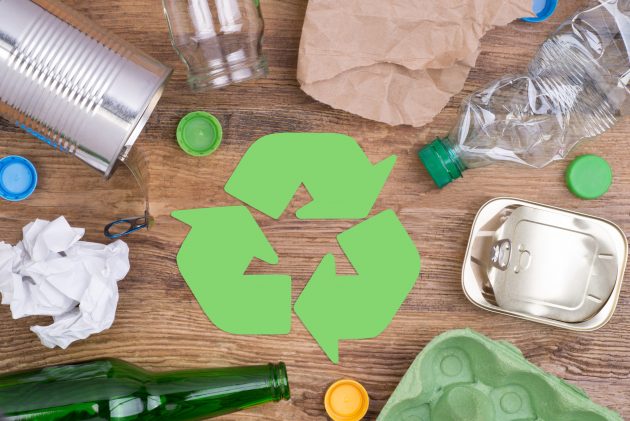
Technology-powered circular economy to propel waste management in the Gulf Cooperation Council
by CM Staff

Total waste generation in the GCC is estimated to reach 163.9 million metric tons by 2025, finds Frost & Sullivan

waste management
SANTA CLARA, Calif. — Frost & Sullivan’s recent analysis, Circular Economy Redefining the GCC Waste Management Market, 2021, finds that the Gulf Cooperation Council (GCC) member nations’ aspirations for sustainability are driving the replacement of linear waste management models with circular models, creating a new wave of opportunities. Population growth and accelerated economic development are increasing total waste generation in the region (including construction and demolition (C&D) waste, municipal solid waste (MSW), plastic waste, and lead-acid battery waste).
If unchecked, this could result in an increase from 130.6 million metric tons in 2021 to 163.9 million metric tons by 2025. A transition toward circular models is already underway, as with the UAE’s Circular Economy Policy 2021-2031 and the KSA’s Circular Carbon Economy.
“Existing environment service providers can be left behind if they do not embrace and contribute to the region’s drive to go circular,” said Nideshna Varatharajan, Senior Consultant, Industrial Practice, Frost & Sullivan in a statement. “The adoption of circular models and advanced recycling methods in the region, like those for plastics and food, will successfully result in new opportunities across the value chain and convert waste into value-generating secondary materials.”
Varatharajan added: “We are seeing a change in how manufacturers are incorporating circularity in the design phase to extend the end of life for products and minimize their environmental impact. In the region, waste treatment infrastructure is also expected to undergo a significant overhaul. We can expect to see increased adoption of technologies like artificial intelligence (AI), robots, sensors, and blockchain to enhance the flow of waste.”
Frost & Sullivan forecasts some key trends that would define this transition, including:
- Plastic to fuel to enable a circular economy and reduce the environmental impact. Waste management companies should focus on developing waste collection networks and waste sorting facilities to divert plastic waste from landfills to recycling centers and eliminate illegal dumping.
- Used lead-acid battery recycling solutions for environmentally safe disposal of hazardous waste. Lead smelting companies should leverage the market potential in the GCC by developing a strong technology understanding and garnering experience in operating secondary smelting plants.
- Use of recycled products in the construction sector. C&D waste recycling companies should focus on developing new products for high-end applications such as bricks, tiles, and plastic waste for roads. This will give them a competitive edge in the market.
- Waste-to-energy plants for treating non-recyclable solid waste. By investing in waste-to-energy projects, waste management companies can develop innovative business models and ensure a complete diversion of waste while monetizing and producing clean, sustainable energy.